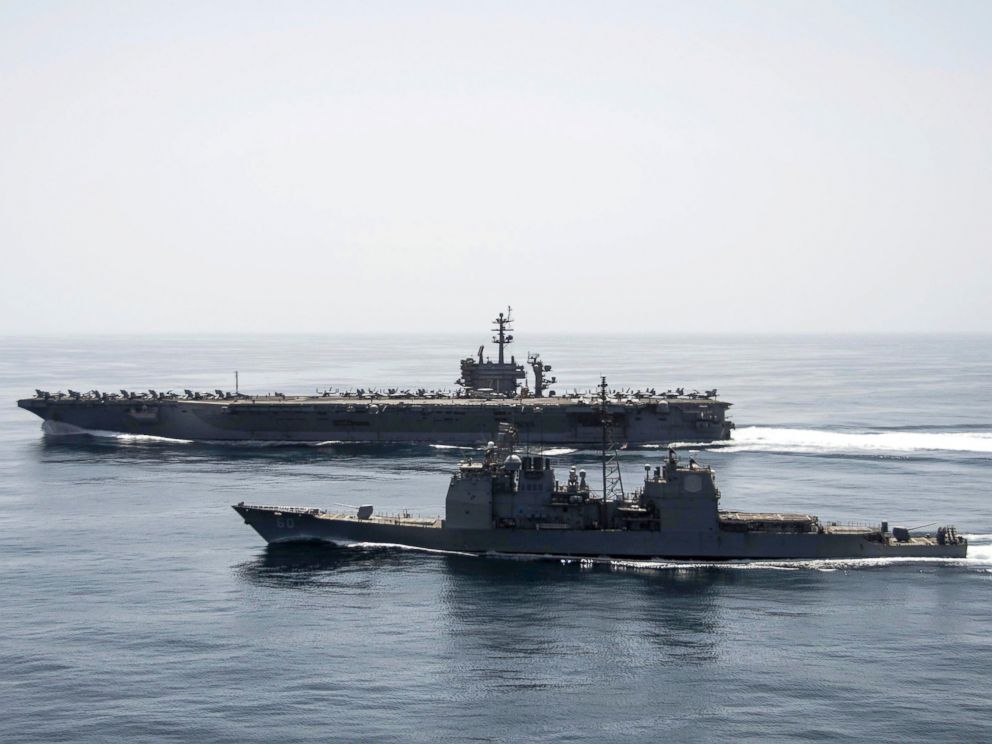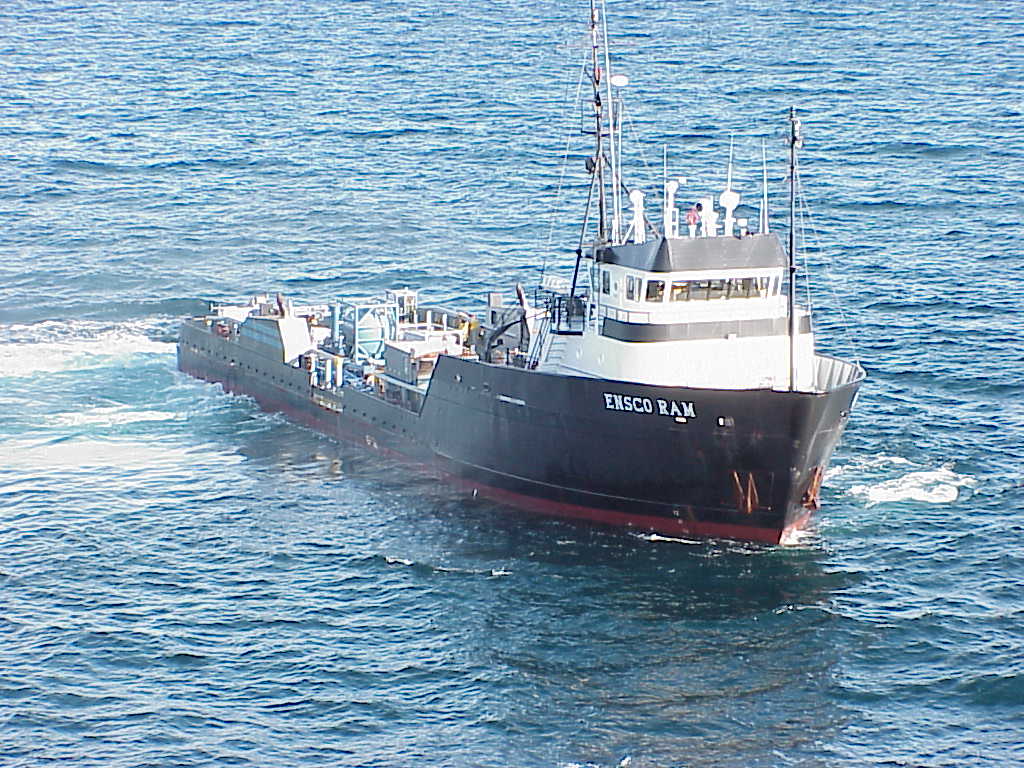The US NAVAL INSTITUTE TURNS 146 YEARS OLD THIS MONTH
Founded: October 9, 1873
 |
| PHOTO :US NAVY |
The Naval Institute's 146th birthday, is this
month The Institutes's various on line and print media will be focused on the future of the Sea Services, with articles
examining the use of metameterials, a three-tiered fleet, and the Marine Corps'
new focus on China.
We have dealt with this issue in the pages of the American Admiralty Books blog before. Our insight that we are not seeing anywhere else in the naval establishment is to include on the low end vessels of high lethality but relatively low range and on scene endurance for strictly constabulary duties. If we have to surge to the Pacific, there are places we can not leave unguarded. Take for example the Mediterranean Sea . Small combatants permanently attached to the sixth fleet and stationed near the the narrow openings from the Atlantic Ocean, Black Sea, or Red Sea home ported at Gibraltar Greece. and Israel could be formed cheaply from commercial off the shelf vessels common to the US off shore oil industry supply vessels. These "Boat Trucks' with their large aft decks and low free board can be readily configured with a variety of weapons packages. Operating in threes, all would have some ship to ship weaponry, but one could be primarily anti ship, one primarily anti submarine and one primarily anti air. The basic little ships are presently available at fire sail prices in Louisiana and Texas due to the down turn in the offshore oil industry caused by cheaper on shore tight sands oil coming in from new finds in the Dakotas, Texas and elsewhere. So if we need a name for this type of fleet building we would suggest Constabulary Forces consisting largely of craft of opportunity. Here is what we had to say when we first addressed the subject .

We have dealt with this issue in the pages of the American Admiralty Books blog before. Our insight that we are not seeing anywhere else in the naval establishment is to include on the low end vessels of high lethality but relatively low range and on scene endurance for strictly constabulary duties. If we have to surge to the Pacific, there are places we can not leave unguarded. Take for example the Mediterranean Sea . Small combatants permanently attached to the sixth fleet and stationed near the the narrow openings from the Atlantic Ocean, Black Sea, or Red Sea home ported at Gibraltar Greece. and Israel could be formed cheaply from commercial off the shelf vessels common to the US off shore oil industry supply vessels. These "Boat Trucks' with their large aft decks and low free board can be readily configured with a variety of weapons packages. Operating in threes, all would have some ship to ship weaponry, but one could be primarily anti ship, one primarily anti submarine and one primarily anti air. The basic little ships are presently available at fire sail prices in Louisiana and Texas due to the down turn in the offshore oil industry caused by cheaper on shore tight sands oil coming in from new finds in the Dakotas, Texas and elsewhere. So if we need a name for this type of fleet building we would suggest Constabulary Forces consisting largely of craft of opportunity. Here is what we had to say when we first addressed the subject .
U.S. OFFSHORE SUPPLY VESSEL available in lengths 165' to 295'+
Wikipedia Commons Photo released under GNU Free Documentation License.
This tiny Russian warship just shocked the world
Russian Buyan class Missile boat LOA 203 ft.
Updated 5/15/2018
Four ships of Russia's Caspian Sea flotilla, all under 1,000 tons and most under 207 feet in length, performed a combat mission normally associated only with the largest of war ships. The four Russian vessels which we may think of as tiny warships or large patrol boats fired 26 SS-N-30A land attack cruise type missiles at rebel forces in western Syria, more than a thousand miles from the landlocked Caspian Sea.
There has been a debate that has been raging in the pages of the NAVAL INSTITUTE'S PROCEEDINGS and other naval trade journals about "quantity verses quality" for decades. Since the end of WWII the U.S. Navy has been putting its' ship building dollars into nuclear propulsion, and globe circling capable big warships with sophisticated weaponry. The United States has global sea lines of communication to protect, and must have global reach. So our fleet has been constructed so that the capital ships of our Atlantic or Pacific fleets can detach as individual vessels or small flotillas and go join U.S. forces offshore of anywhere in the world. The U.S. Navy is the master of under way replenishment at sea. But something always nags at the mind of real naval thinkers as our ships grew larger and more expensive. Its been said many time in the pages of the U.S. Naval Institute's PROCEEDINGS "quantity often has a quality all its' own" . This is after all the great lesson of the BISMARK . In that pivotal battle of WWII a bunch of relatively small and inexpensive British destroyers ganged up on the "Death star" BISMARK and put an end to her. The Russian use of networked missile fire from vessels thought too small to warrant such weapons illustrates that the ability to gang up on more expensive vessels is not the only virtue of small inexpensive vessels. The quality that small vessels have is definitely related to their quantity whether "ganging up" on superior war ships or net working to take out over the horizon targets.
The most obvious case in point where the U.S. could take a cue from the Russian Caspian Sea fleet is our own phantom Sixth Fleet. Once we had a powerful naval fleet in the Mediterranean and we still do at the moment but the ships actually belong to the Atlantic Fleet and could at any moment need to be deployed elsewhere. The so called sixth fleet now actually only owns a command and control ship based in Italy, and an Admiral and staff. Everything else is now borrowed from the Atlantic Fleet which is also expected to send a portion of its standing force for the "pivot to the Pacific". Who would dare venture an opinion that frightful events in the Mediterranean are about to slow down? We need a standing force in the Mediterranean, one that doesn't leave the area. In these tight budget times perhaps our best bet is to go for some low cost quantity vessels with a mix of innovative but cheap high performance weapons. Used offshore supply boats can be bought by the dozen for less than the cost of a single Arleigh Burke destroyer. Their range is not great but we have plenty of secure fuel in Italy and we could have it in Israel , Perhaps President Trump who appears to be a pragmatist will see fit to consider the basic idea. These offshore supply vessels do have a great deal of compartmentalization that can be retained from their typical below deck liquid cargo tanks for drilling mud. This gives them remarkable survive-ability for their size. The little supply vessels come with comfortable accommodations for a two watch navigation and engineering crew, and extra berthing for ordinance rates that a war ship would need. The little ships are basically designed for an unmanned engine room and some commercially sail with a single "Designated Engineer". Converted to small war ships they would only be expected to conduct short patrols south of the Bosphorus or offshore of Israel unless called upon to mass forces for a strike similar to what the Russians pulled off with their Caspian fleet.
Such commercial conversions could be formidably armed with tripod mounted stinger missiles, normally a soldiers shoulder mounted anti aircraft defense weapon , anti armor weapons mounted piggy back atop 50 cal machine guns as the Coast Guard 82 footers did in Vietnam, and that big roomy aft deck could accommodate land attack missiles or ASW weapons. The crews could live in Greece or Israel, and use commercial facilities, all coordinated by the existing Admiral and staff in Italy. While the shell game will continue with the sixth fleet borrowing from the Atlantic fleet ; there will be a big disincentive to redeploy the Sixth Fleet's small warship heart, they simply don't have the range to be globe trotters , this is an inexpensive center piece of a constabulary force. Over time the commercial conversions can be replaced with purpose designed, and purpose built state of the art small war ships, but costs count. If you go small in size you need a low unit cost because you fail to achieve the quality that is an integral part of quantity, if your quantity is small.

No comments:
Post a Comment